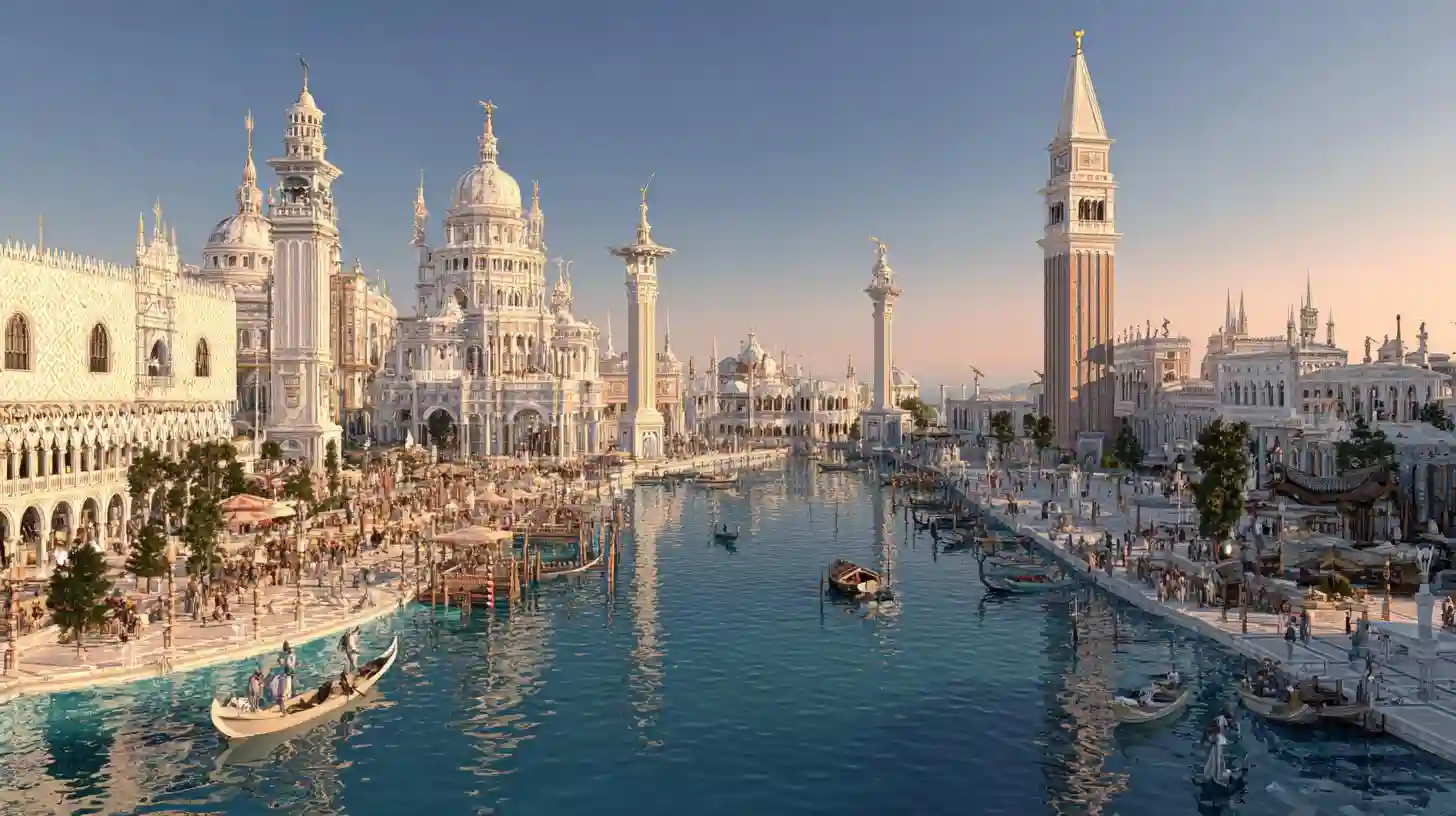
Venice is one of the most iconic cities in the world, a place where history, art, and culture converge in breathtaking ways. Its labyrinth of canals, historic architecture, and serene ambiance draw millions of visitors each year. The city, built on a series of islands in the Adriatic Sea, stands as a testament to human ingenuity, resilience, and beauty. Yet, behind the charm and allure, Venice faces a number of modern challenges that threaten its existence. From rising sea levels to the pressures of mass tourism, the city must find ways to adapt and survive in an increasingly uncertain world.
One of the most pressing concerns is the rising sea levels that threaten to submerge Venice. For centuries, the city has been gradually sinking into the lagoon, and this process has been accelerated by climate change. The water levels in the canals have risen significantly over the past few decades, leading to more frequent and severe flooding. During the winter months, "acqua alta," or high water, is a common phenomenon, where parts of the city become submerged, disrupting daily life and causing damage to historical buildings and infrastructure. The Venetian government has undertaken large-scale projects to combat this threat, including the MOSE project, which aims to build a series of barriers to protect the city from rising waters. However, these efforts have been met with delays, political challenges, and technical difficulties, leaving the future of the city uncertain.
Another challenge Venice faces is the strain of mass tourism. While tourism is vital to the local economy, it also brings with it a range of problems. The sheer volume of visitors, especially during peak seasons, puts immense pressure on the city's infrastructure. Streets and canals become overcrowded, and local residents often find it difficult to live and work in a city that is constantly teeming with tourists. The influx of visitors has also contributed to the degradation of Venice's historic buildings, with pollution, wear and tear, and the constant flow of tourists taking a toll on the city's delicate architecture. In addition, the cost of living in Venice has risen dramatically, making it increasingly difficult for locals to afford to stay in the city. As a result, many Venetians have been forced to move to the mainland, leaving behind a city that is becoming increasingly disconnected from its traditional roots.
The cultural and historical significance of Venice is another reason why preserving the city is of utmost importance. Venice has long been a center of art, music, and literature, and its role in European history cannot be overstated. The city was once a powerful maritime republic, and its wealth and influence helped shape the course of history. Today, Venice remains a UNESCO World Heritage site, and its museums, churches, and palaces continue to attract scholars, artists, and tourists from around the globe. However, preserving this rich cultural heritage is a complex task. As the city struggles to cope with the challenges of modernity, the question arises of how to balance the preservation of its historical and cultural identity with the need to modernize and adapt to contemporary realities.
One potential solution to these challenges lies in sustainable tourism. Efforts are underway to create a more responsible and sustainable tourism model for Venice, one that prioritizes the well-being of local residents and the preservation of the city's unique heritage. Initiatives such as limiting the number of tourists, promoting off-season travel, and encouraging environmentally friendly practices can help reduce the impact of mass tourism. Moreover, the local government is exploring ways to support the restoration and conservation of historic buildings and landmarks, ensuring that Venice's cultural heritage is preserved for future generations. At the same time, investments in infrastructure and technology can help the city adapt to the challenges posed by rising sea levels and other environmental threats.
Venice’s resilience is rooted in its history and its ability to adapt over time. The city has weathered wars, plagues, and political upheavals throughout its long history, and it continues to inspire awe and wonder. However, the challenges it faces today are unlike any it has encountered before. Climate change, tourism, and economic pressures all contribute to a complex and multifaceted set of issues that require innovative solutions and collective action. The future of Venice is not guaranteed, but if the city can find a way to strike a balance between preserving its past and embracing the future, it may continue to thrive as one of the world’s most enchanting destinations for generations to come. The allure of Venice lies not only in its beauty and history but also in its capacity to endure and adapt, ensuring that it remains a symbol of resilience and human ingenuity amidst modern pressures.